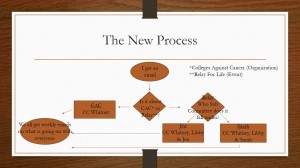Elliott, R., & Elliott, C. (2005). Idealized images of the male body in advertising: a reader-response exploration. Journal Of Marketing Communications, 11(1), 3-19.
This is an interesting article because it studies male’s reactions to advertisements. Females are constantly being contradicted by the media, models are too skinny yet the world is to obese, pale skin is pretty yet tan skin is desired, stay your natural self and love curves yet stores only sell sizes small-large. But what about the males? This article can help up in to the mines of male’s and understand the ways suggestive advertisements have an effect on their body image and self-esteem. This article has two research questions which were as stated:
1. How do young men respond to the representation of male bodies in advertising practically when men are portrayed in a sexual or naked pose?
2. How do young men negotiate the sexual meaning of advertising images in a social setting?
The way they tested this method was pretty cool and a way that other research groups could use to test this as well. They had an arrangement of pictures that they showed to the focus groups and then let them talk about them in any order they wanted. All being pictures of advertisements of males but one.
This article sounds a like George Gerbner’s Cultivation Theory. Gerbner’s (1976) Cultivation Theory says that people gradually come to accept the view of the world as portrayed on TV as a true representation of reality and adapt their hopes, fears and understandings accordingly. In today’s society, the media plays a large role in body image satisfaction. He found that if someone watches a violent movie, they will turn more violent in their everyday life. In relation to that, we theorized that if men are exposed to media that includes Americans idea of the “perfect” man, then they could partake in risky behaviors to achieve that look.
At the end of the say sex sales and companies are going to use suggestive images to sell their products. We know how the public reacts when girls are in those ads but why don’t they act the same as when guys are in it? Do we hold women to higher standers? Do we stop to think how that makes guys feel when they portrayed as sex images? This article will help us answer a lot of those questions and many more. Comment below on what you think would be good aspect to focus on in your own study.


